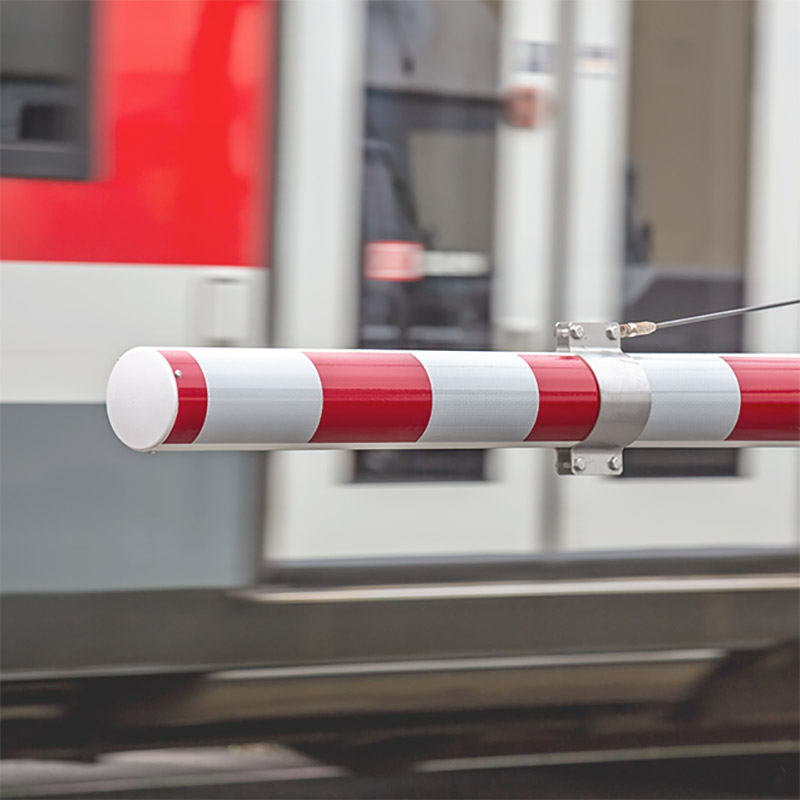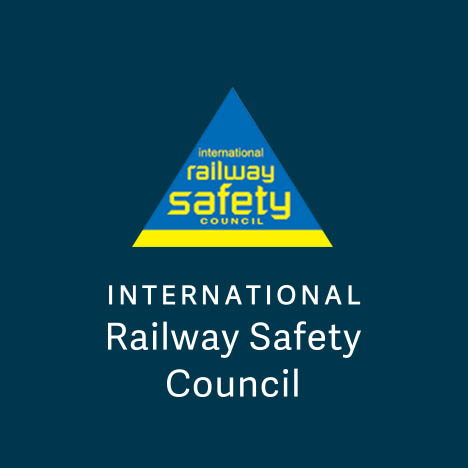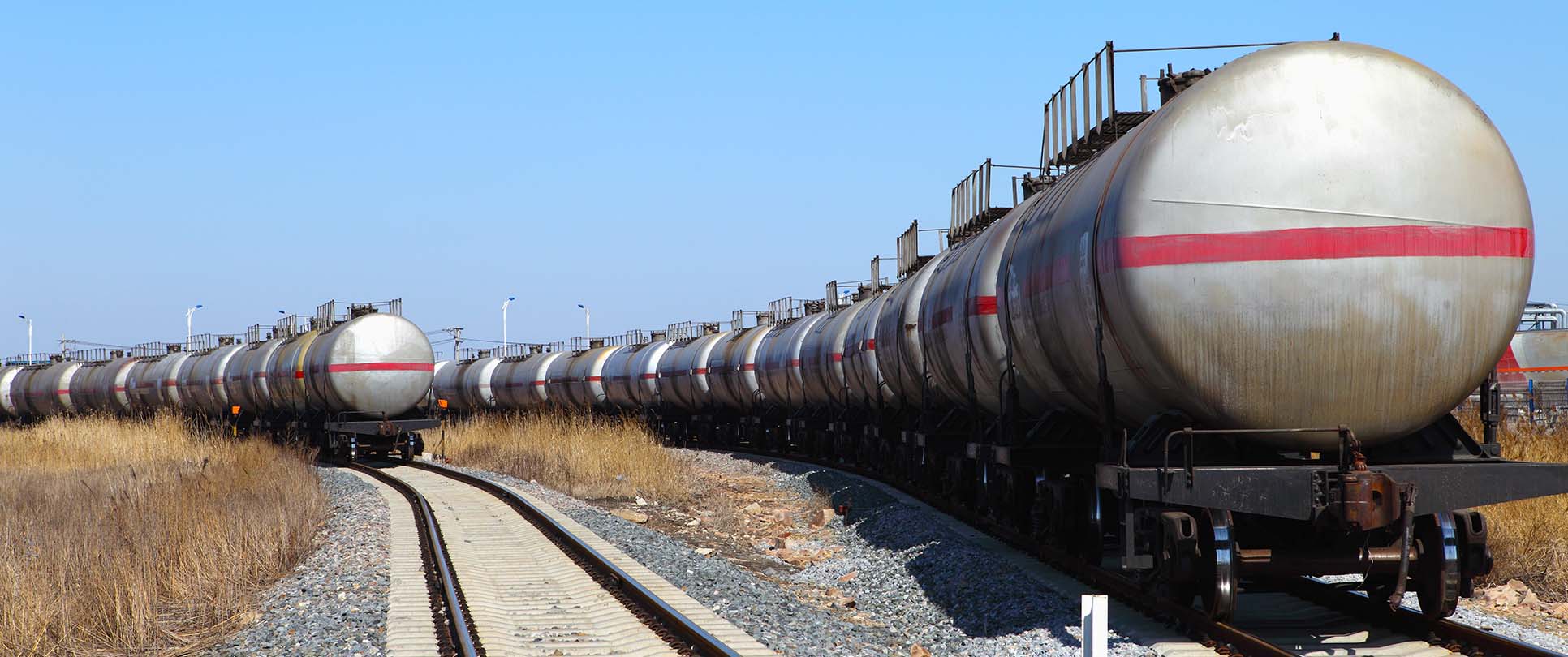paris
RATP operates one of the most important multimodal transportation networks in the world. When the first software-based train control system…
paris
Construction of the South Europe Atlantic high-speed line (HSL) will provide a continuous high-speed rail link between Paris and Bordeaux….





